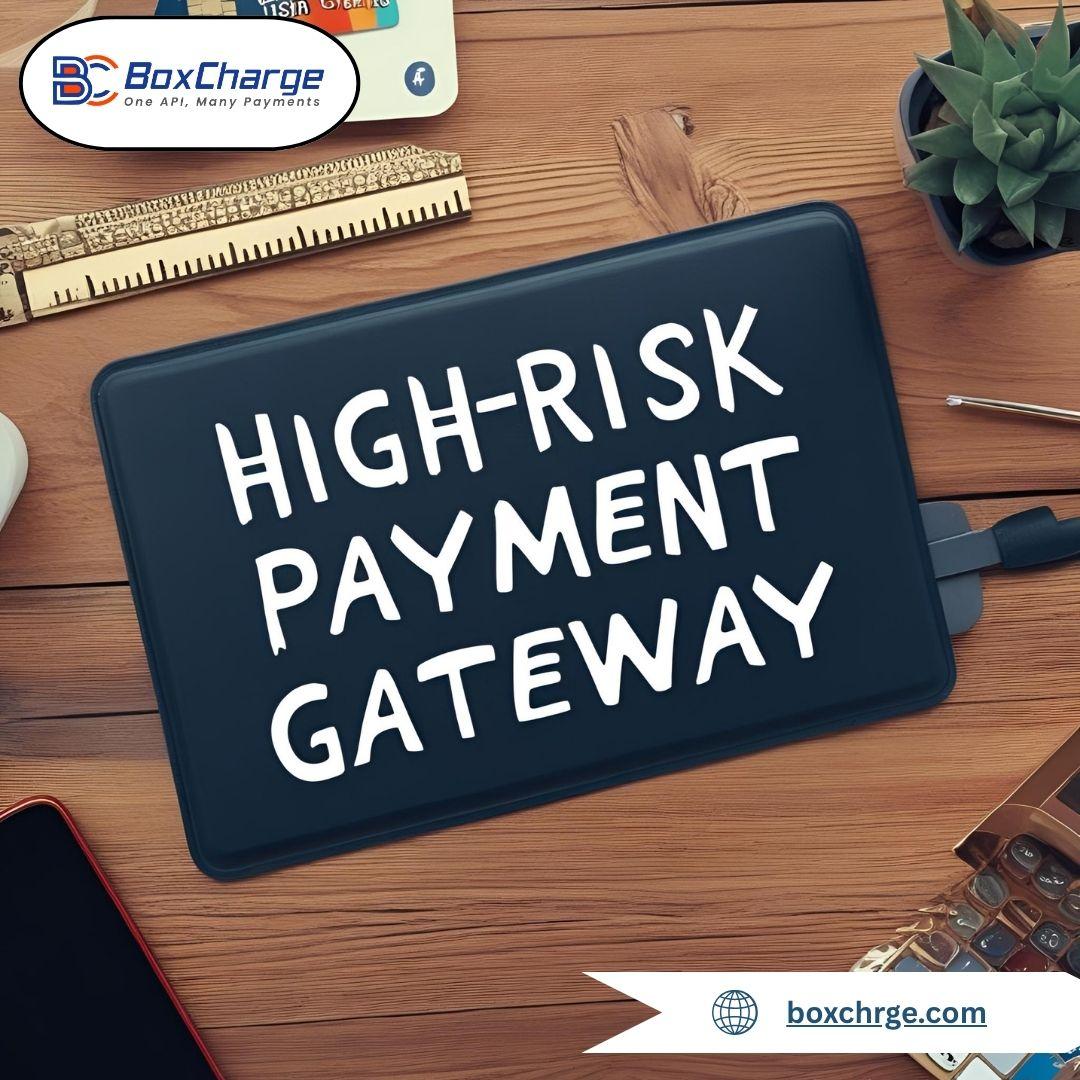
Getting approved for a high-risk payment gateway is one of the biggest challenges faced by businesses in industries such as forex, adult entertainment, CBD, supplements, and online gaming. Traditional payment processors often hesitate to work with these businesses due to chargeback risks, regulatory issues, and industry reputations. However, with the right approach, you can secure a high-risk gateway—and keep it operating efficiently over the long term.
Here’s a step-by-step guide to help you through the process.
What Makes a Business “High-Risk”?
Before diving into the approval process, it’s important to understand what qualifies your business as high-risk. Common factors include:
- High chargeback ratios
- Operating in regulated or controversial industries
- Selling high-ticket or subscription-based products
- Serving international markets
- Previous history of fraud or processing issues
If any of these apply, your business will likely need a high-risk payment gateway provider.
Step 1: Get Your Documentation in Order
Payment gateway providers want to see that your business is legitimate, compliant, and financially responsible. Prepare these key documents:
- Government-issued business licenses
- Valid government ID of the business owner
- Voided business check or bank letter
- Last 3-6 months of processing statements
- Business plan and financial forecasts
- Website with clear privacy policy, refund policy, terms & conditions
The more transparent and organized you are, the higher your chances of approval.
Step 2: Choose the Right High-Risk Payment Processor
Not all payment processors specialize in high-risk industries. Look for a provider with:
- Experience working with businesses in your specific niche
- A network of acquiring banks willing to accept high-risk merchants
- Chargeback prevention and fraud management tools
- Transparent pricing (beware of hidden fees)
- Multicurrency and global support if needed
Take time to compare reviews, fees, approval times, and customer service quality.
Step 3: Strengthen Your Risk Profile
A high-risk label doesn’t mean your business is doomed to fail—but it does mean you need to show you're proactively managing risk. You can do this by:
- Implementing clear refund and shipping policies
- Using 3D Secure and fraud detection tools
- Monitoring and reducing chargebacks
- Maintaining PCI compliance
- Offering quality customer support
Processors want to see you’re serious about minimizing disputes and ensuring customer satisfaction.
Step 4: Be Honest in Your Application
Never try to "hide" the nature of your business or misrepresent your products or services. High-risk providers conduct thorough underwriting and background checks. If they discover discrepancies, your application will be denied—or worse, your account could be shut down later.
Full disclosure builds trust and sets the foundation for a long-term partnership.
Step 5: Keep Your Account in Good Standing
Getting approved is only half the battle—maintaining your account is equally important. Here’s how to keep things running smoothly:
- Stay under the chargeback threshold (usually 1% or less)
- Process consistent monthly volumes to avoid suspicion
- Keep your business information updated with the provider
- Respond quickly to customer inquiries and disputes
- Avoid sudden spikes in sales or suspicious traffic
Your processor will monitor these indicators continuously, so stay proactive.
Final Thoughts
Getting approved for a high-risk payment gateway doesn’t have to be a painful process. With the right documentation, a trustworthy provider, and a strong focus on compliance and customer experience, you can build a stable payment infrastructure for your business.
If you're ready to take the next step, consider consulting with a high-risk payment expert who can match you with the best gateway provider for your industry and location.
Source by : How to Get Approved for a High-Risk Payment Gateway (and Keep It Running Smoothly)

